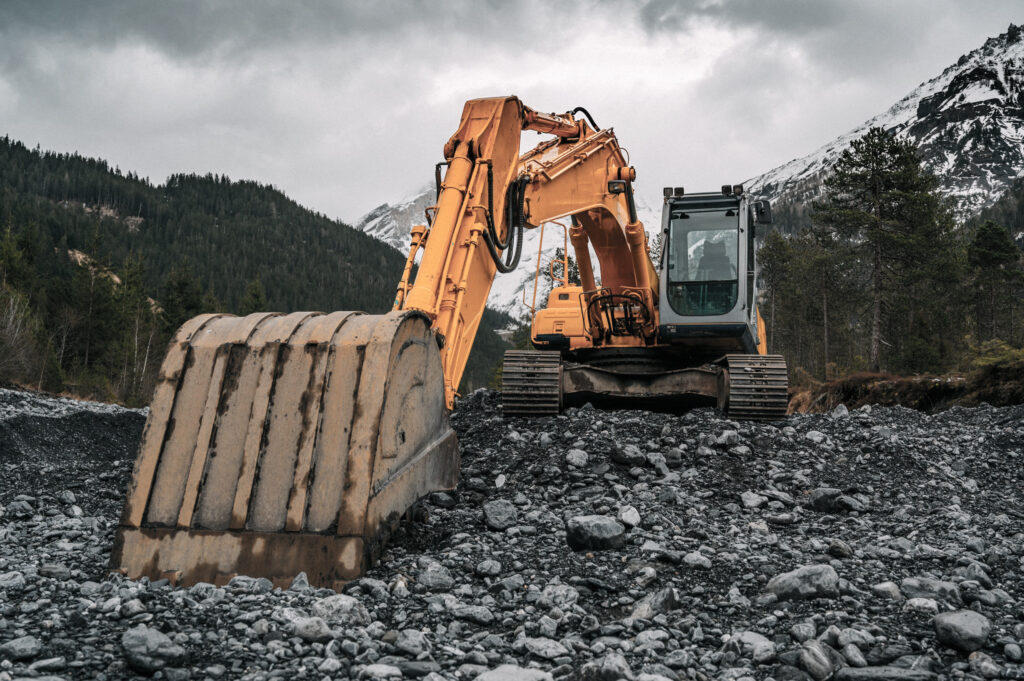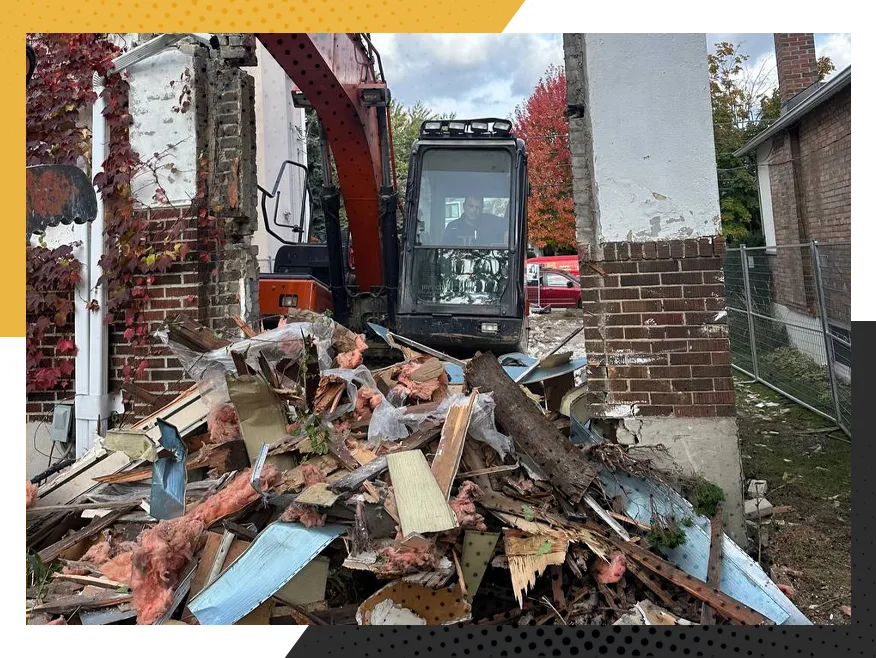Process, Applications, and Key Considerations
Excavation is a fundamental process in the construction and civil engineering industry that involves the removal of soil, rock, and other materials from the ground. This process is essential for site preparation, foundation laying, road construction, tunnel development, and many other infrastructure projects. Excavation not only helps create space for structures but also improves soil stability, manages underground water levels, and ensures the safety of surrounding buildings.
In this article, we will explore the different types of excavation, its execution process, and important considerations to keep in mind.
Types of Excavation and Their Applications
- 1.1 Earth Excavation This type involves the removal of soil to prepare a site for construction. It is commonly used for foundations, trenching, and access routes.
- 1.2 Rock Excavation Rock excavation is performed to break and remove solid rock formations using heavy machinery or explosives. This method is widely used in mining, tunnel construction, and dam projects.
- 1.3 Trench Excavation Trench excavation is primarily used for installing underground utilities such as water pipes, gas lines, electrical cables, and sewage systems. It involves digging narrow and deep trenches while ensuring their stability.
- 1.4 Sloped Excavation This type is used in hilly or unstable terrains where the excavation is done at an angle to prevent soil collapse and landslides.
- 1.5 Drilled Excavation Drilling excavation is used for deep hole drilling in projects such as oil and gas extraction, water well drilling, and soil testing.
Steps in the Excavation Process
- 2.1 Site Inspection and Preparation Before excavation begins, geological and geotechnical surveys are conducted to assess soil conditions. Necessary permits are obtained, and safety measures are planned.
- 2.2 Marking and Boundary Setup The excavation area is marked to ensure precise digging within designated limits. This step prevents over-excavation or deviations from project specifications.
- 2.3 Excavation Execution Using the appropriate machinery (excavators, bulldozers, drills, etc.), the excavation process begins. For larger projects, controlled explosions may be used to speed up rock excavation.
- 2.4 Soil and Debris Removal Excavated soil and rocks are transported to designated areas or reused in other parts of the project.
- 2.5 Ground Stabilization and Reinforcement To prevent soil erosion and collapses, reinforcement techniques such as retaining walls, drainage systems, or compacting methods are applied.

Essential Excavation Equipment
Key Safety Considerations in Excavation
Use of Personal Protective Equipment (PPE):
Workers should wear helmets, gloves, boots, and other safety gear.
Safe Distance Maintenance:
Heavy machinery should operate at a safe distance from workers.
Underground Utility Mapping:
Prior inspections should be conducted to avoid damaging gas, water, or electrical lines.
Regular Supervision:
Engineers and safety officers should monitor the site at all times.
Installation of Support Systems:
Retaining walls or trench boxes should be used in deep excavations.
Conclusion
Excavation is a critical step in any construction project that ensures proper site preparation and structural integrity. Using the right methods, equipment, and safety measures can significantly enhance efficiency and minimize risks.
At Hippo Excavation, we provide top-notch excavation services in Toronto and surrounding areas. Our expert team, advanced machinery, and commitment to quality ensure successful project execution.
📞 Call us today: (416) 876 8970
🌐 Visit our website: hippoexcavation.ca
